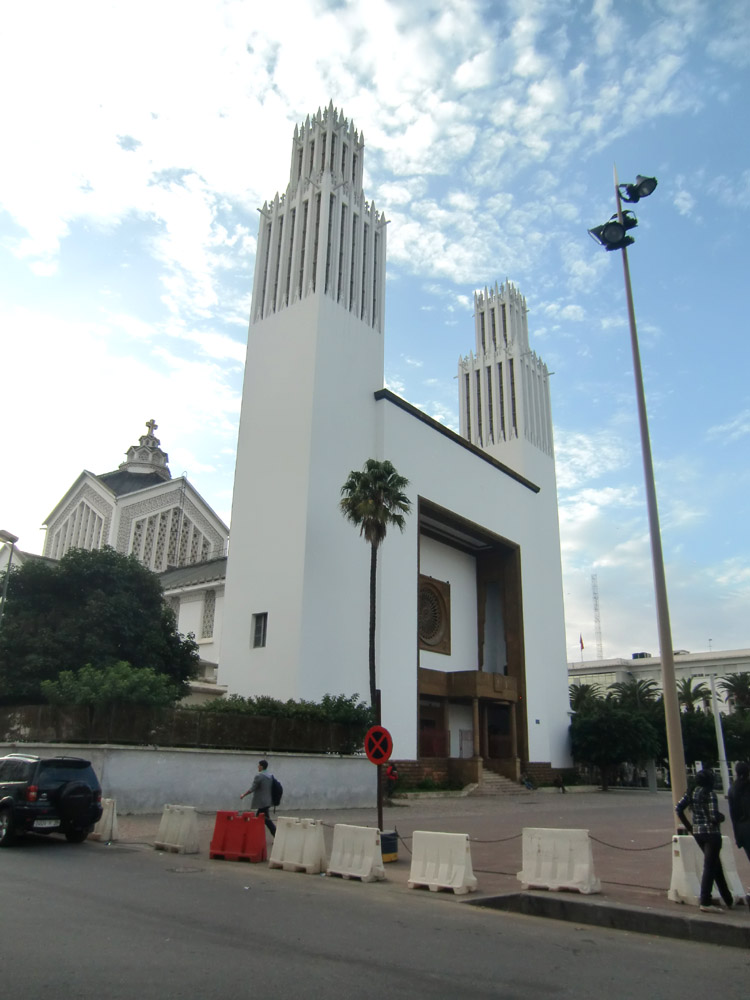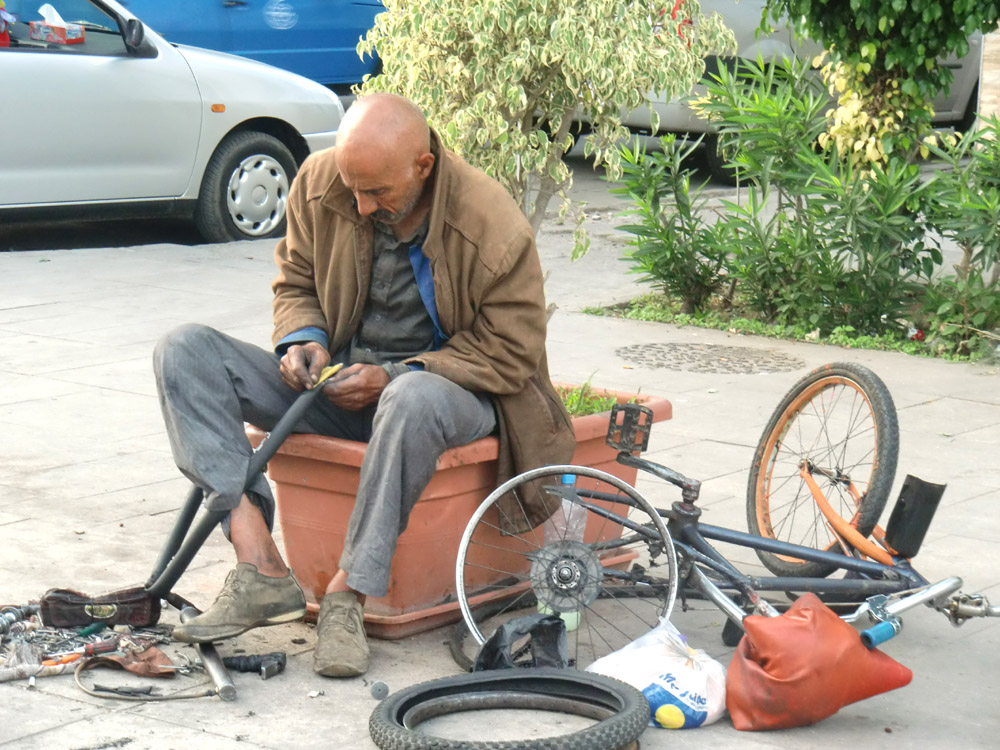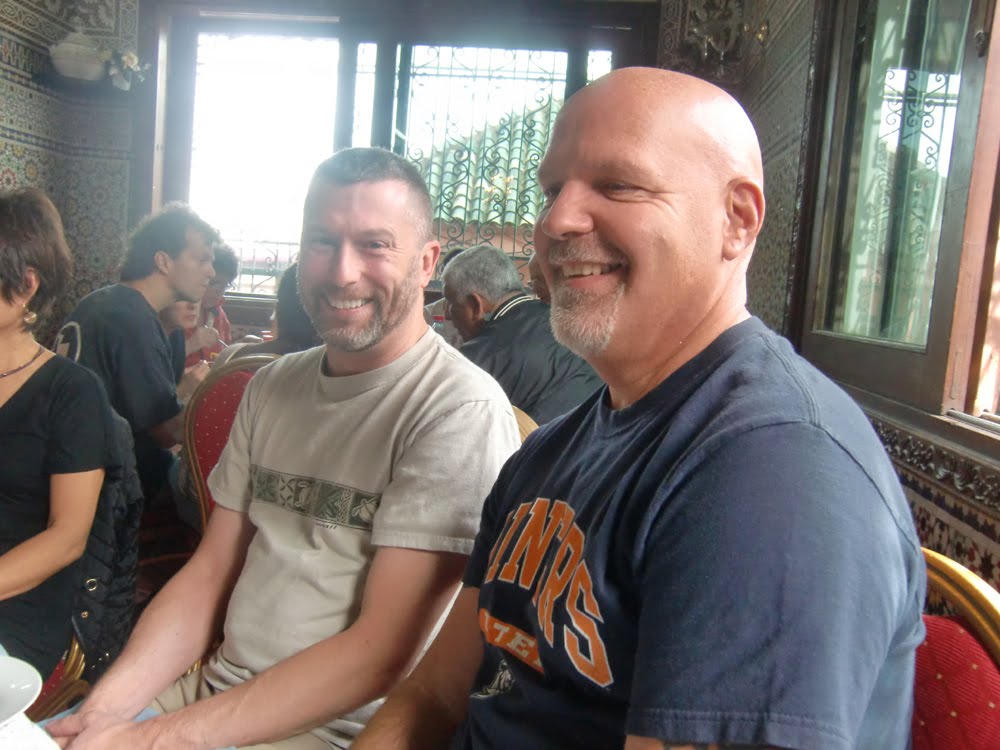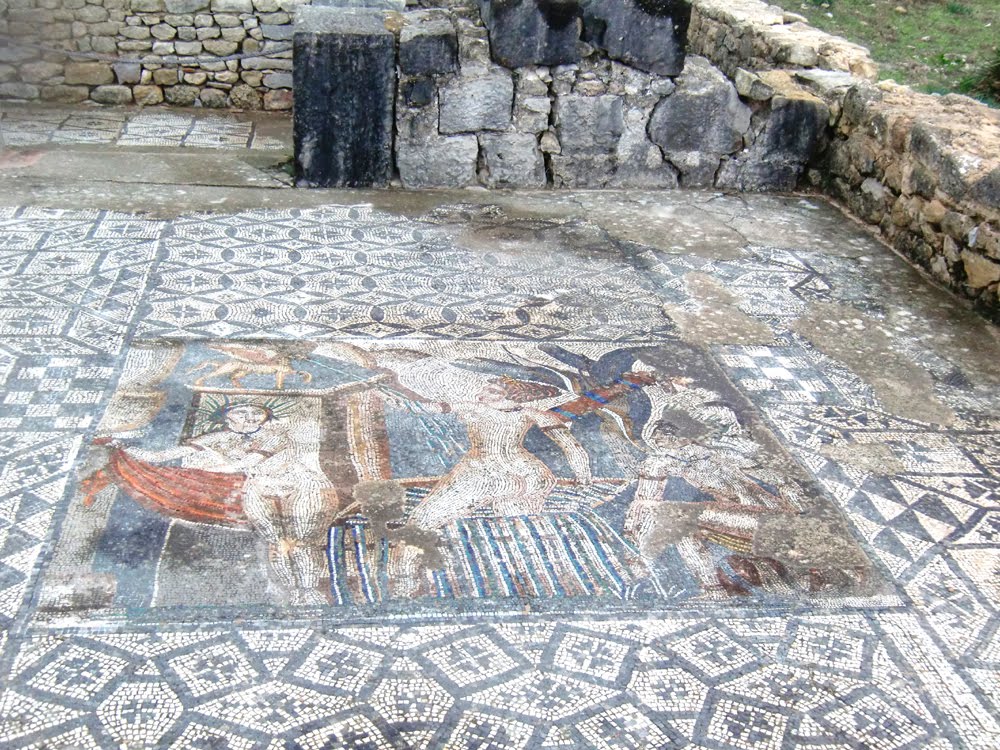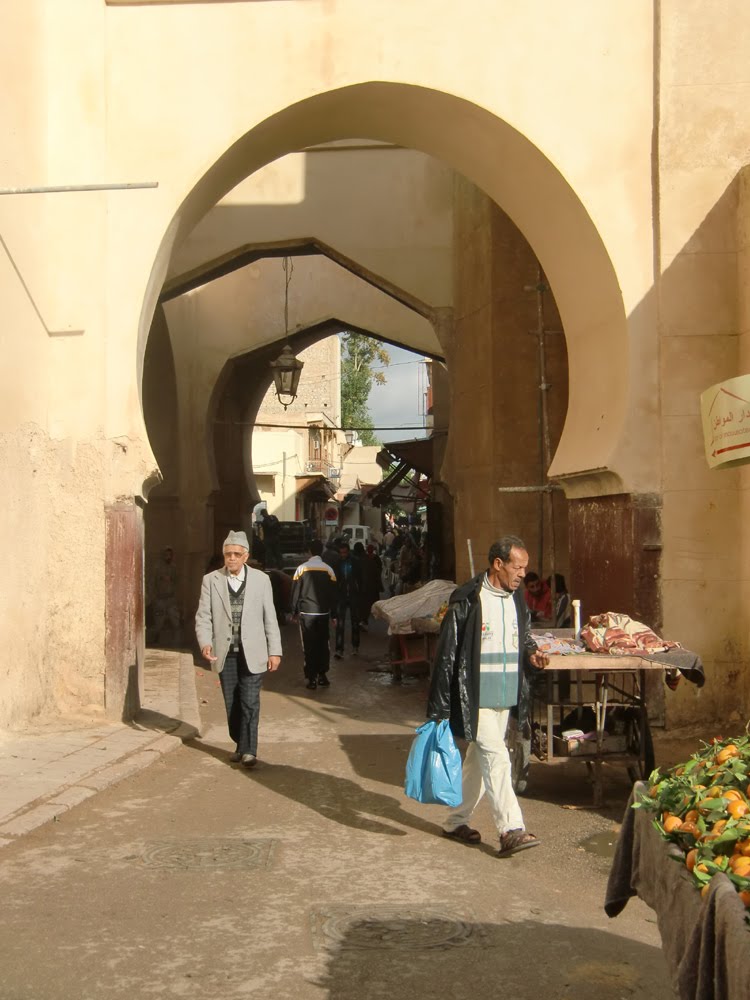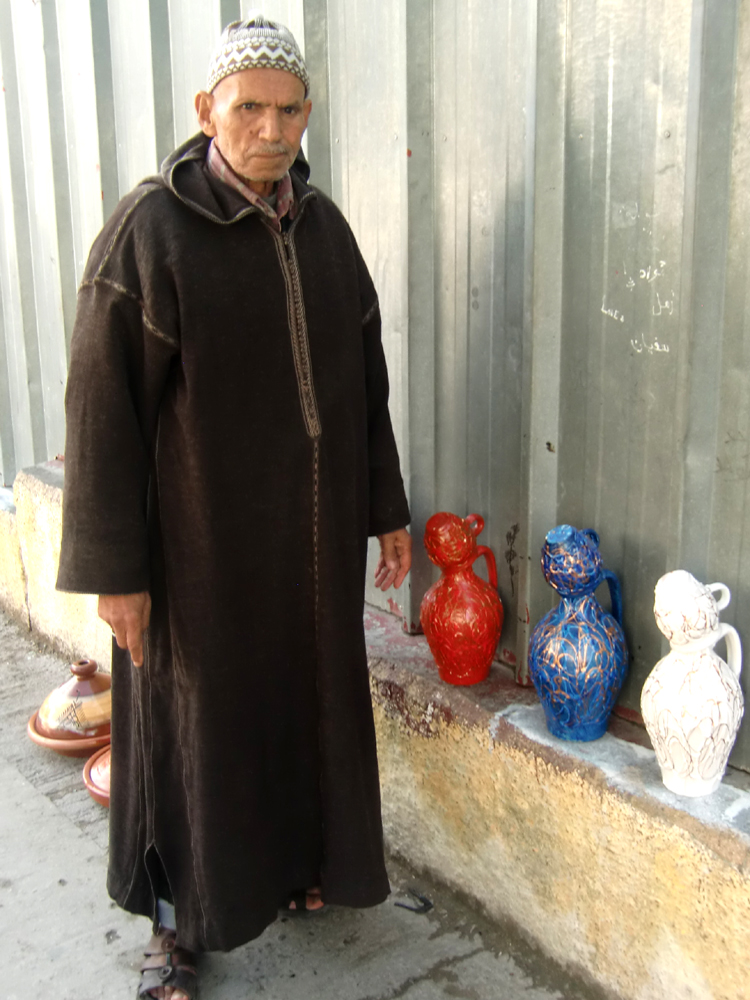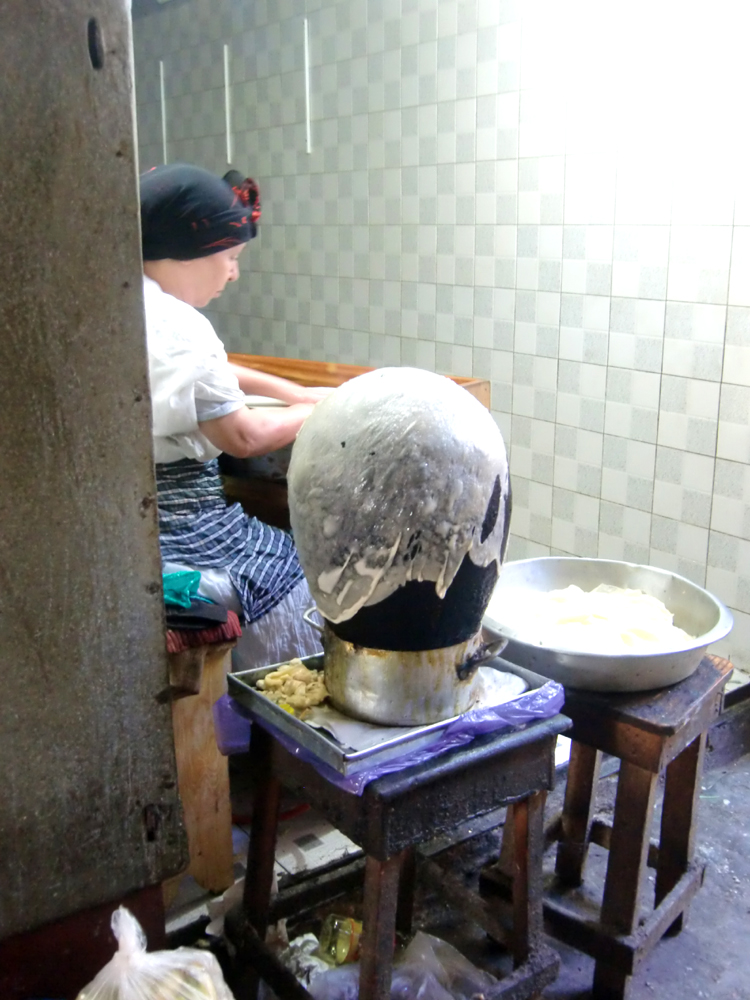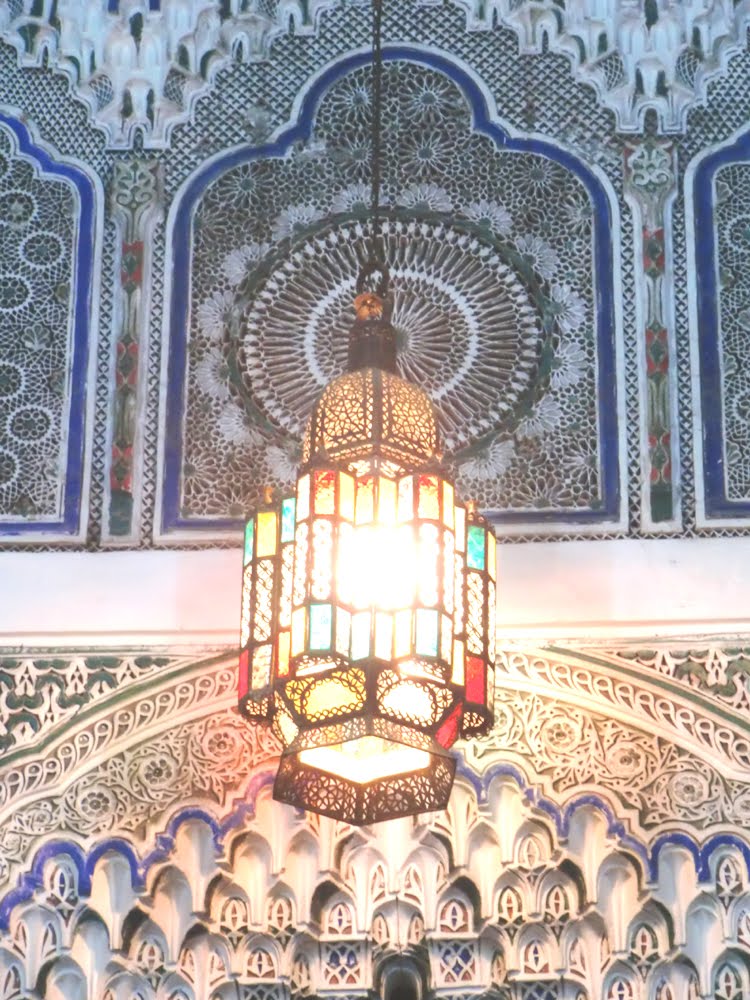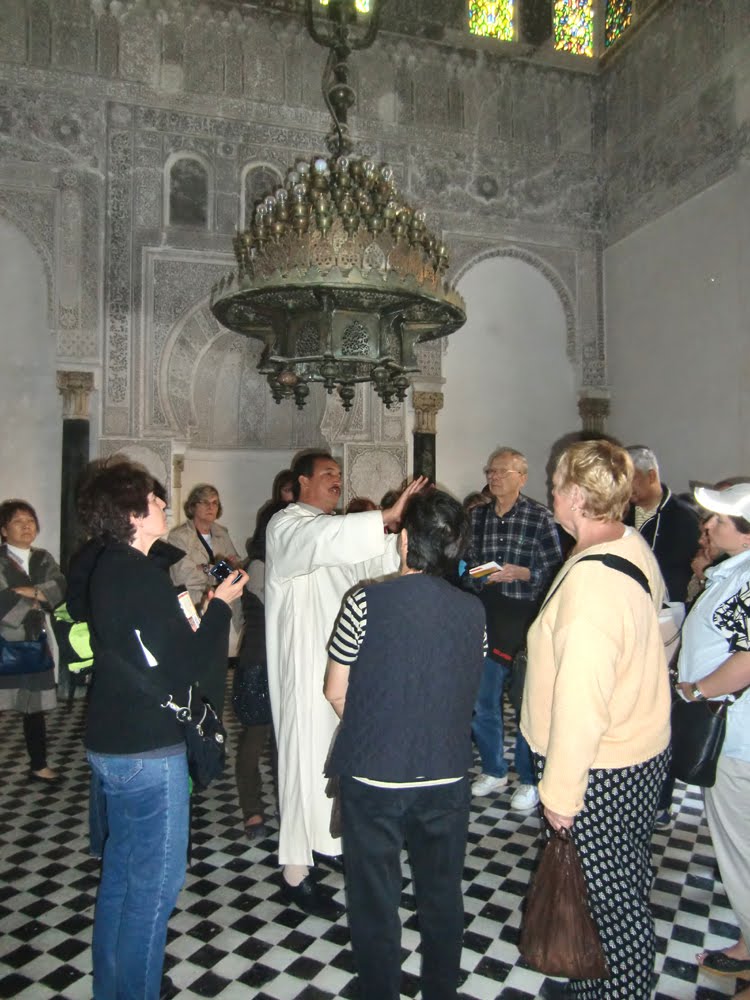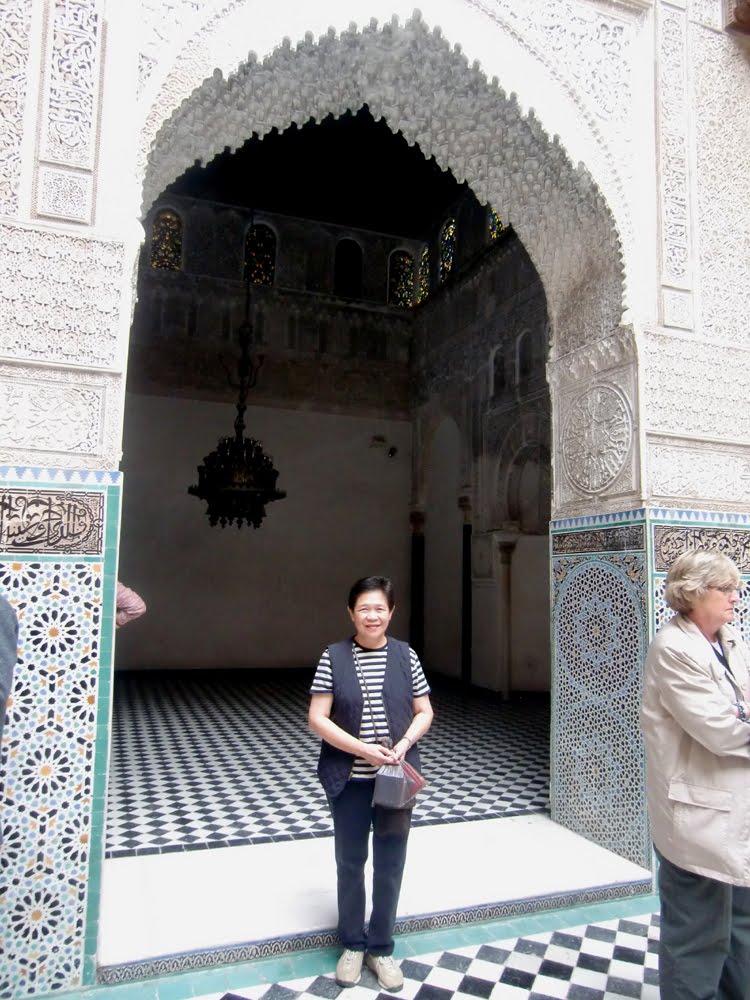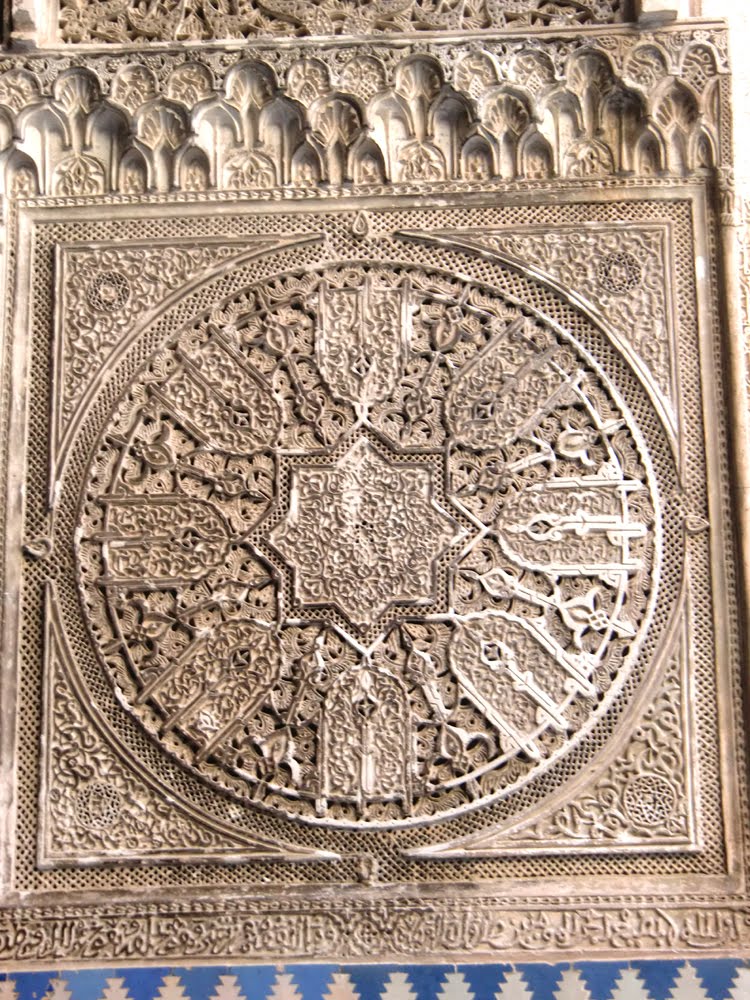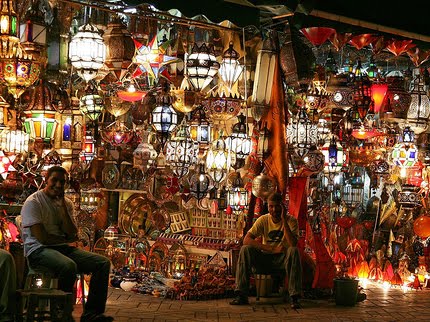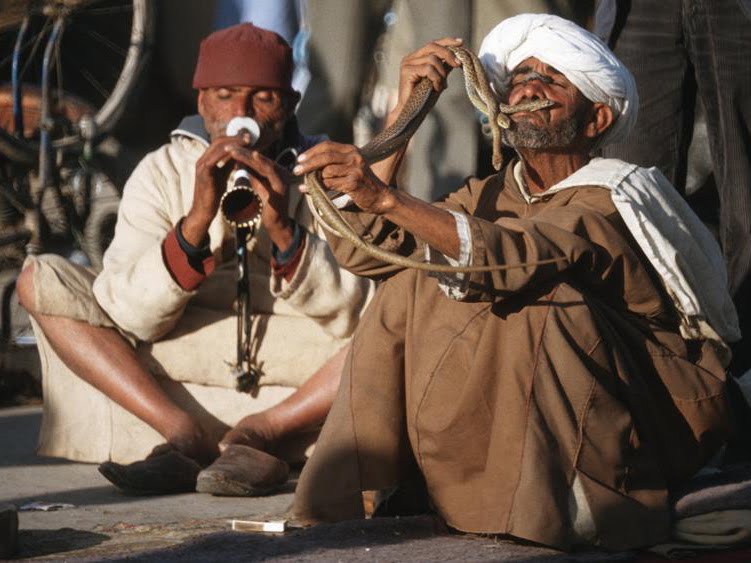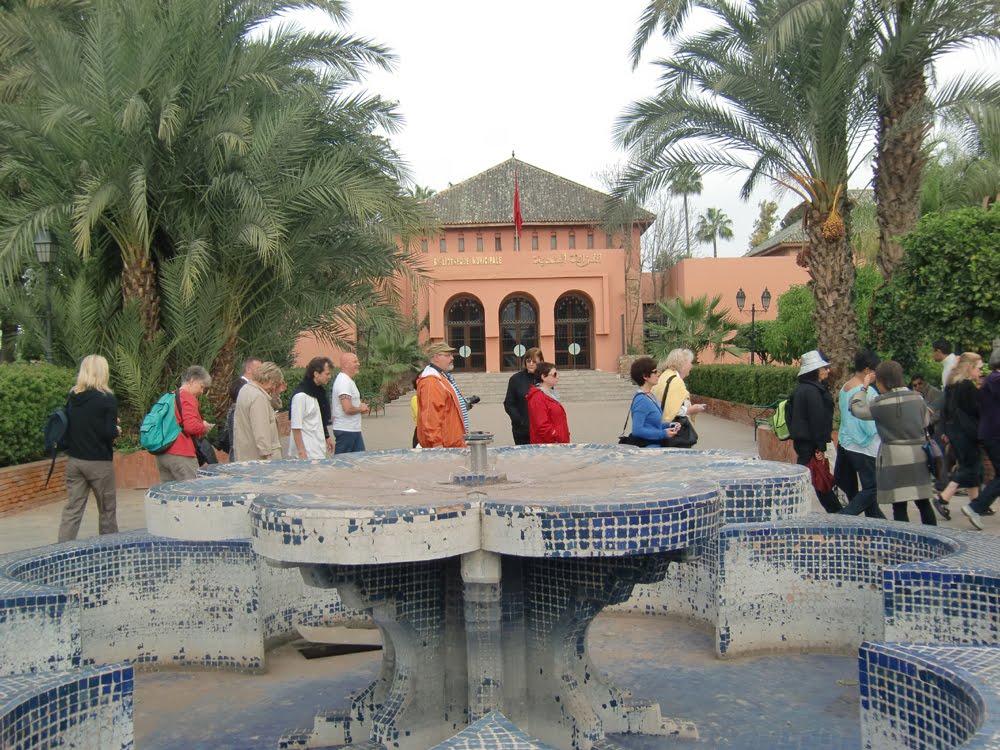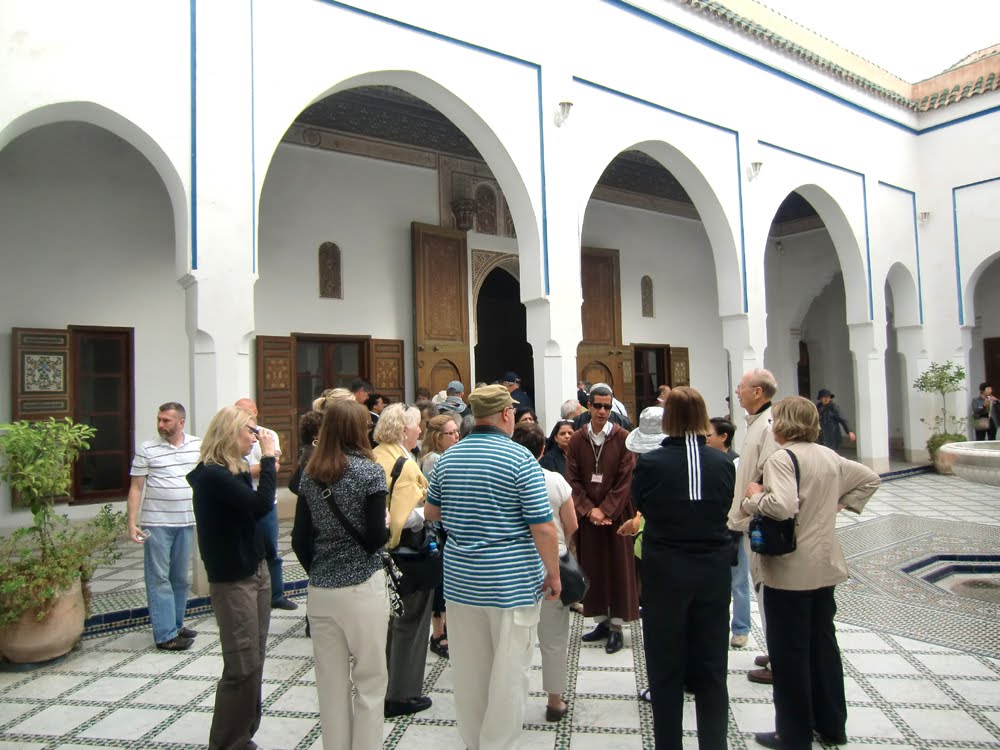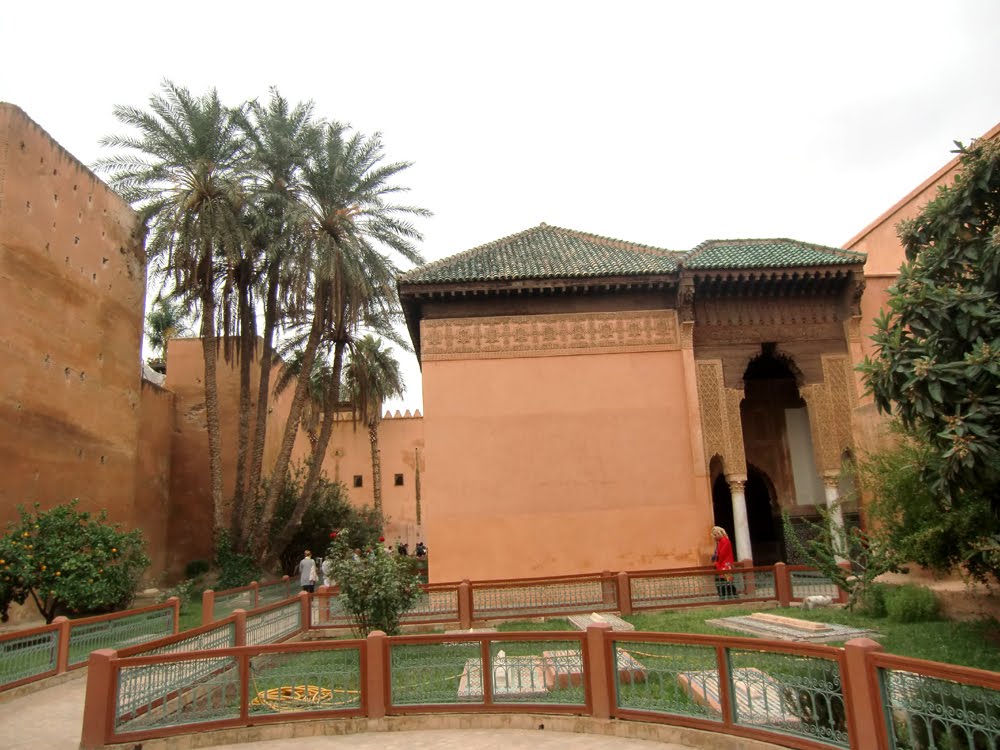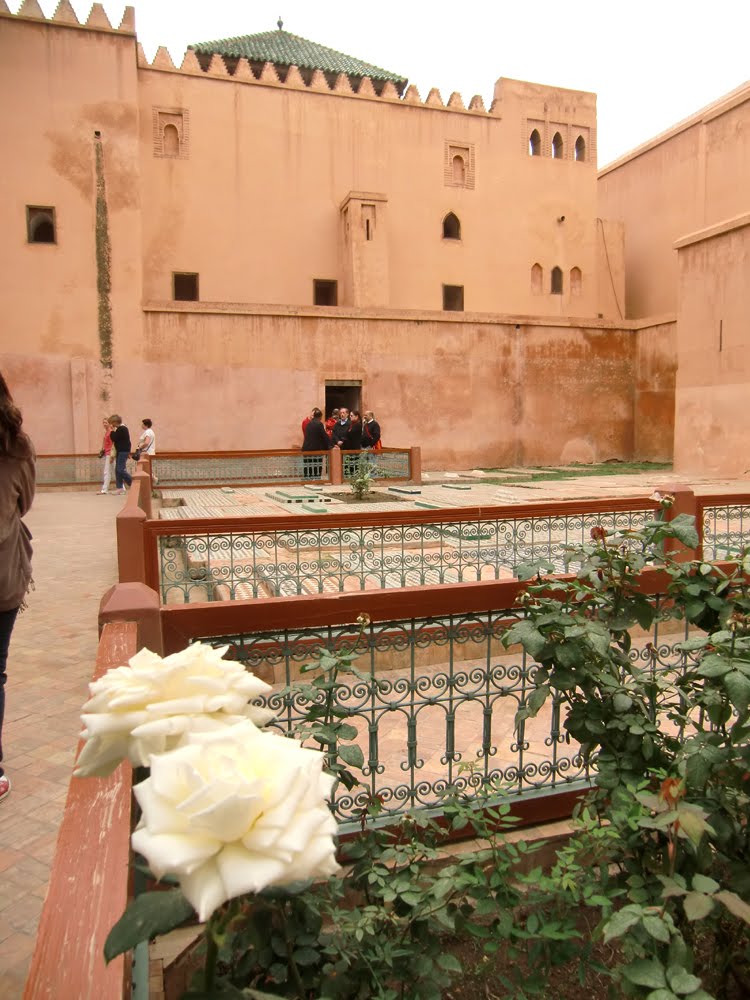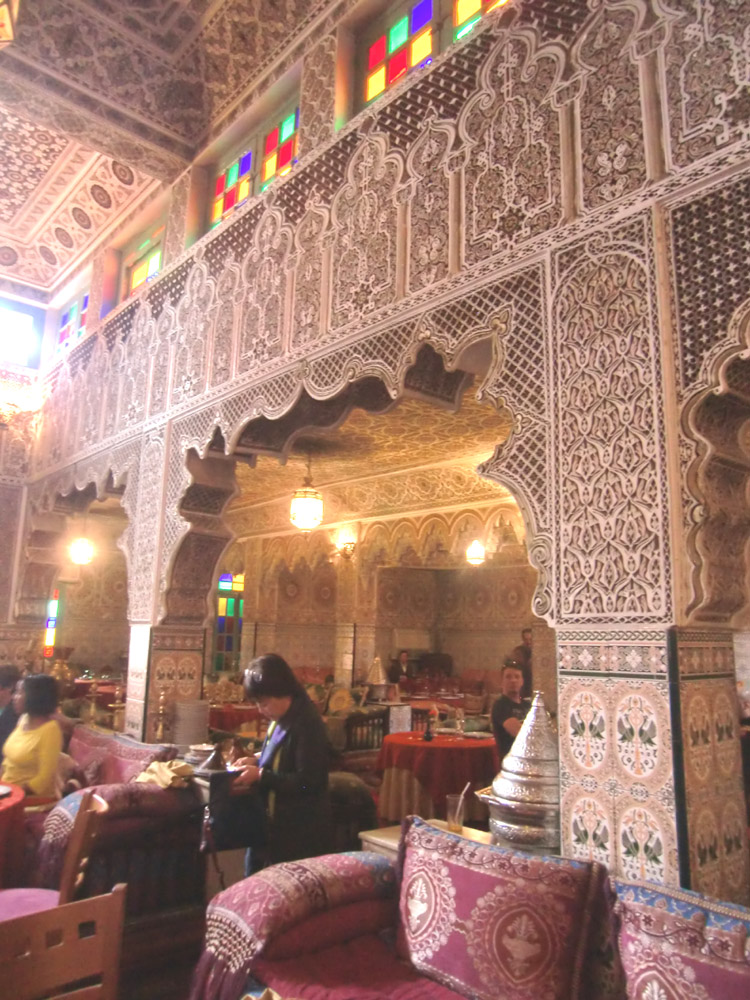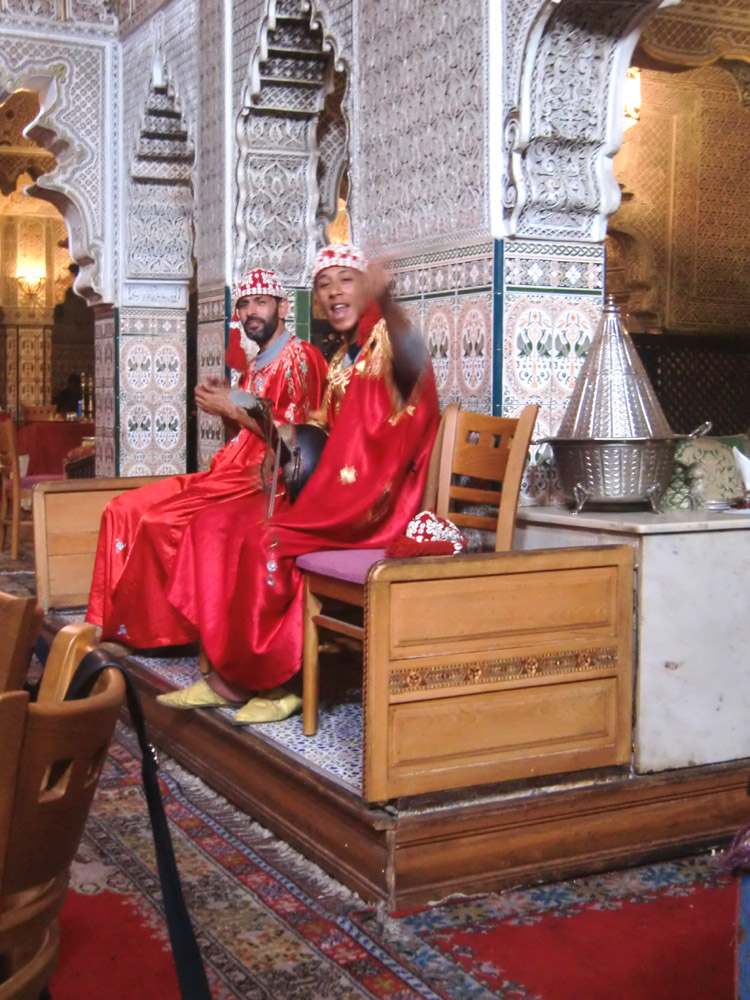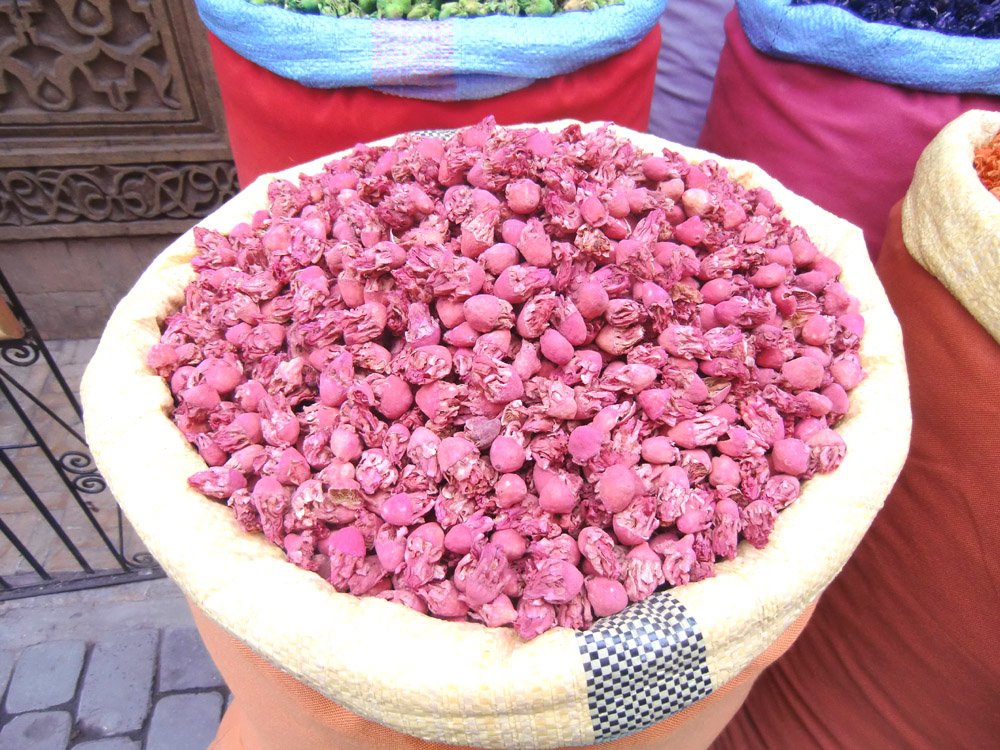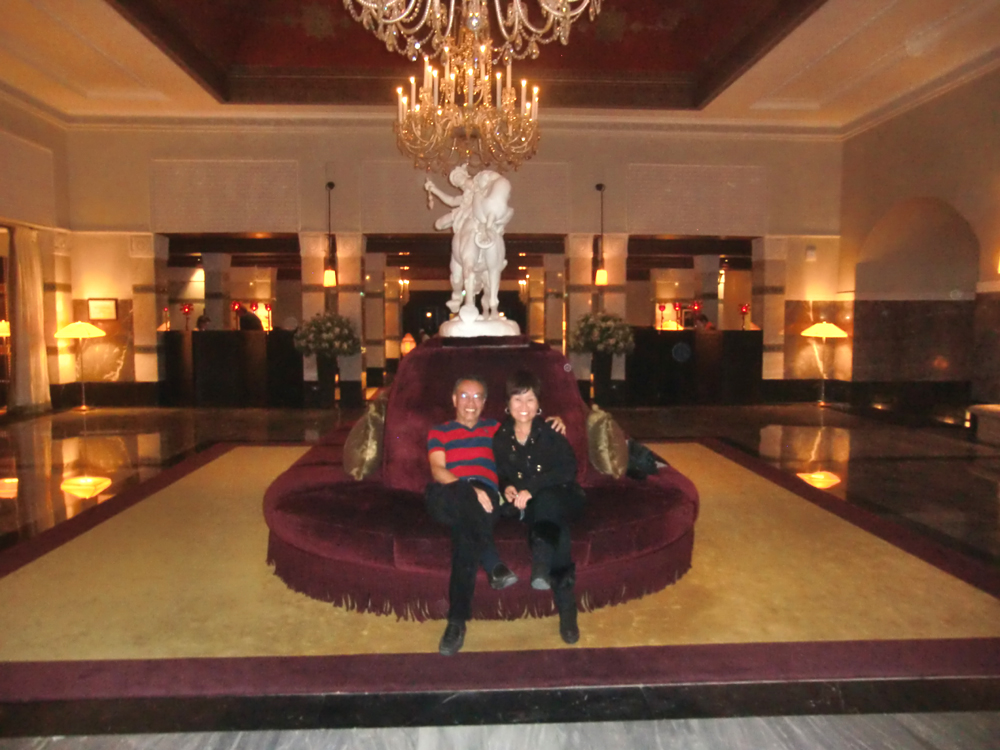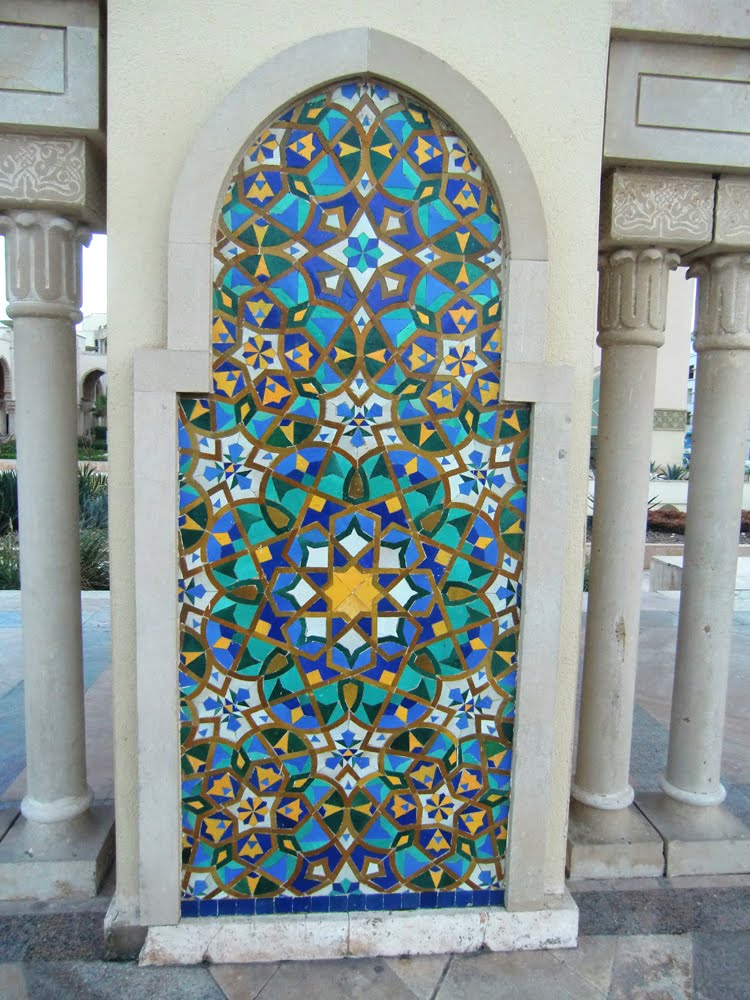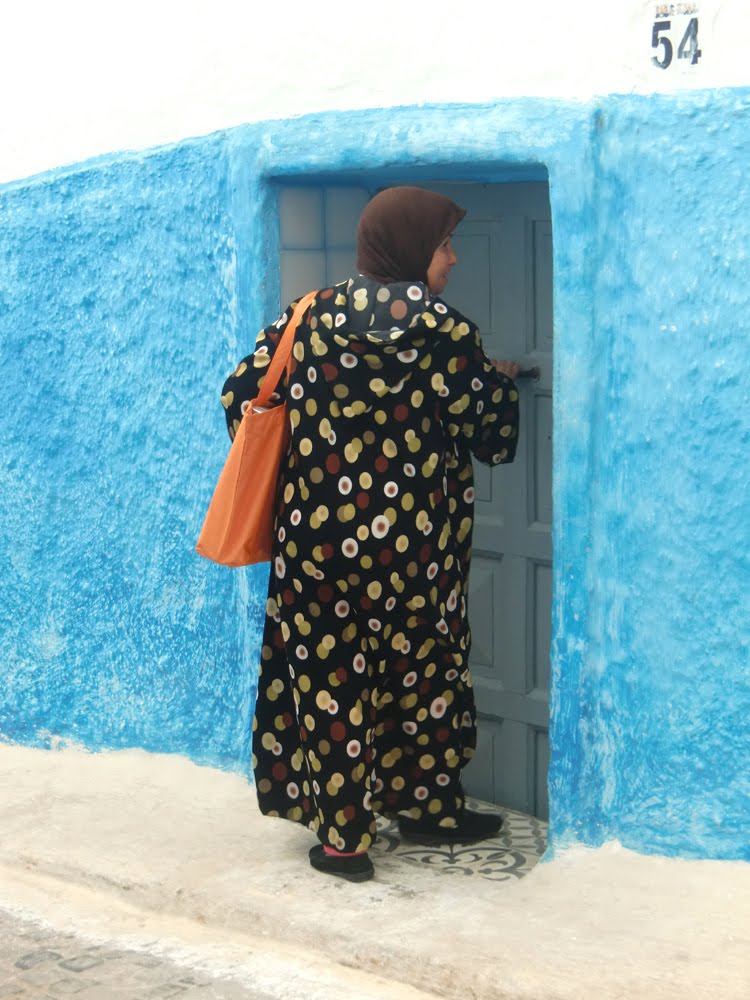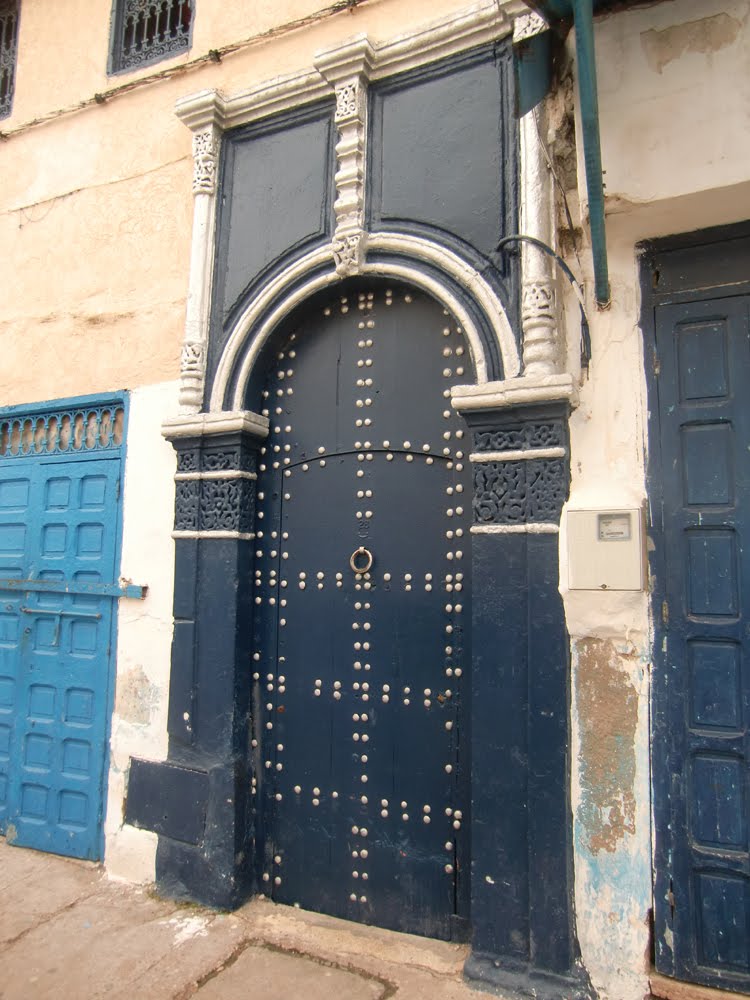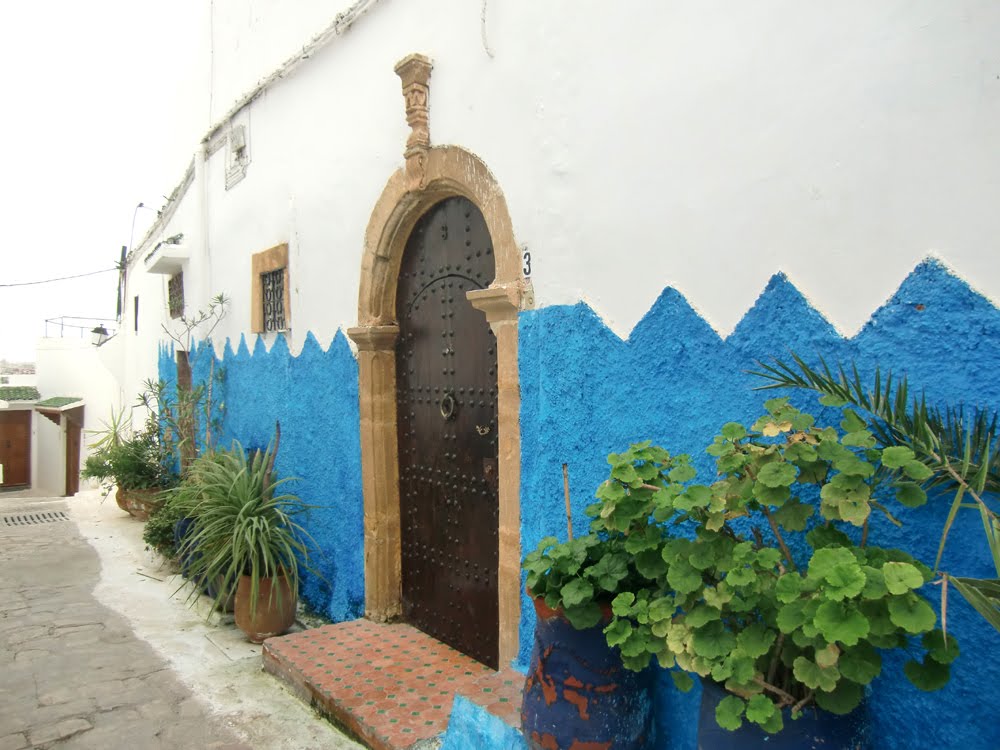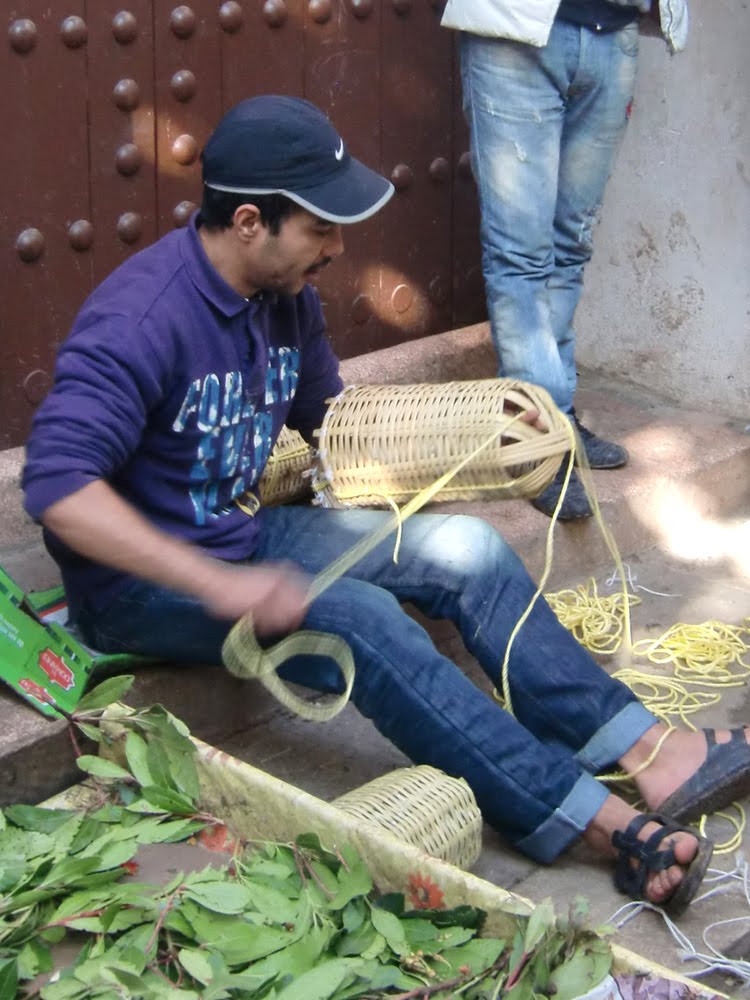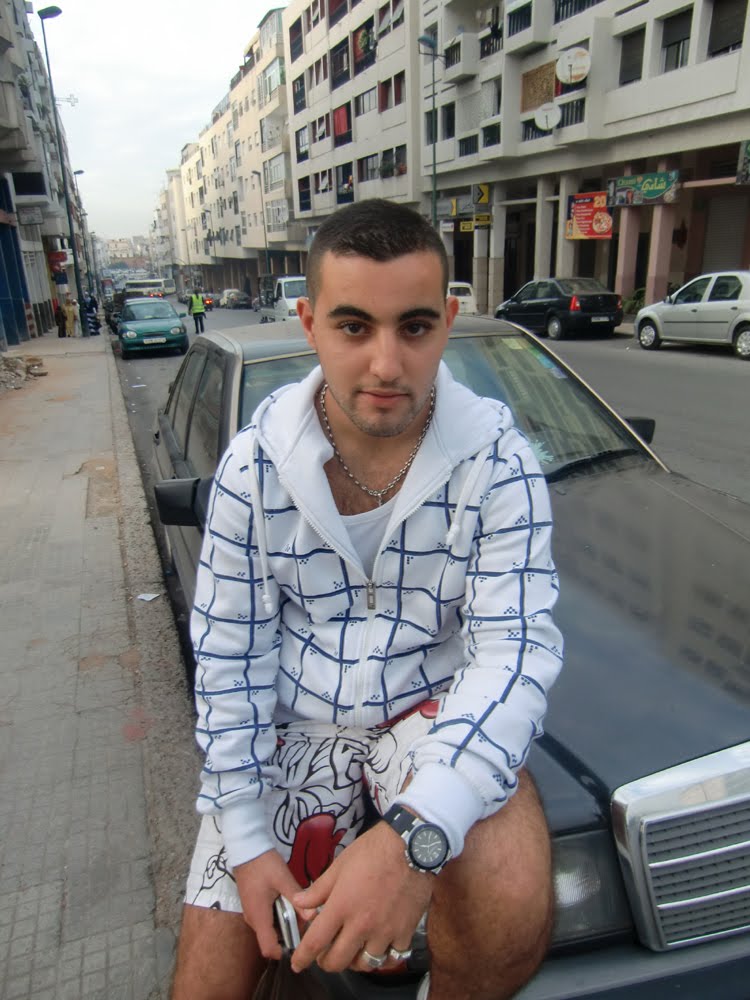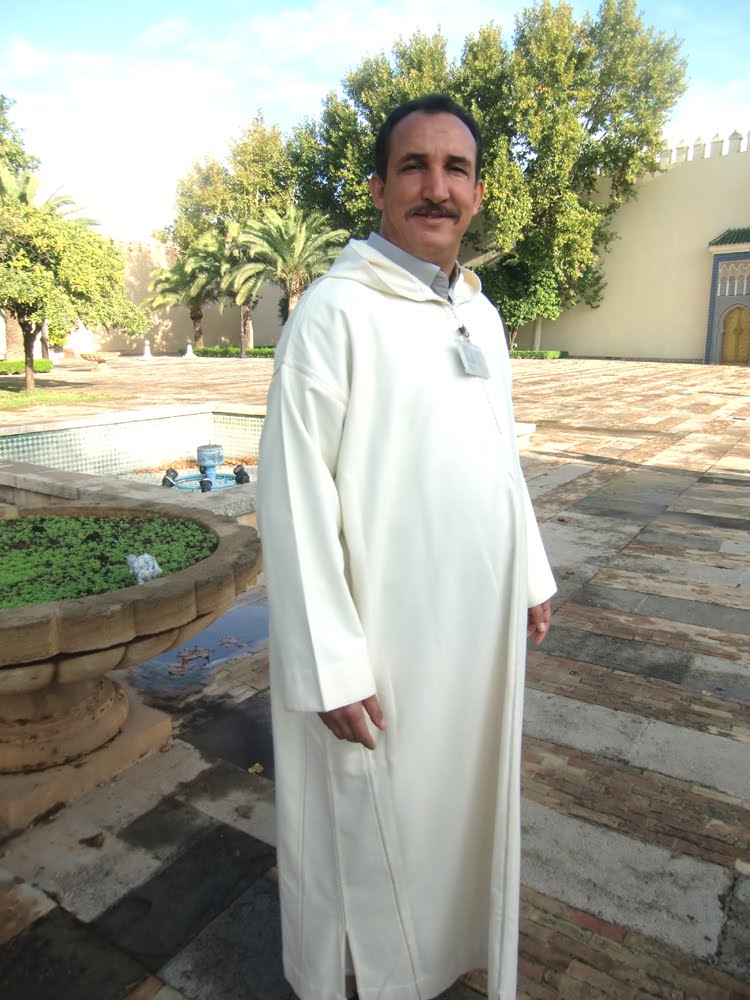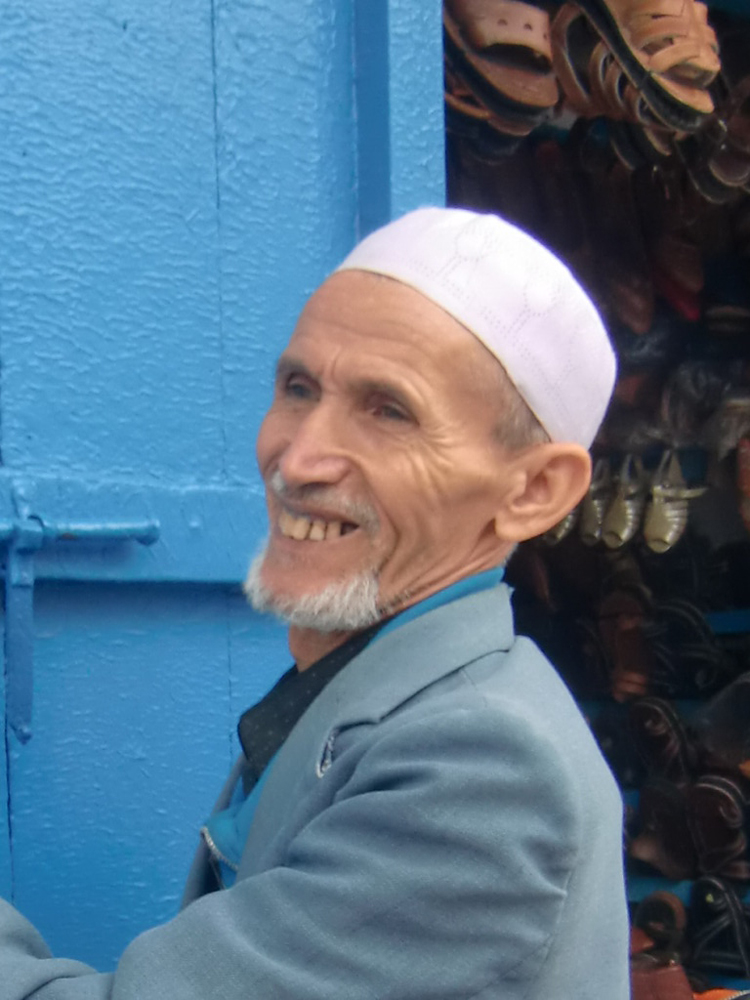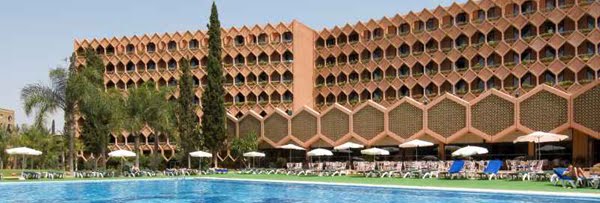NOVEMBER 12-13, 2011
Casablanca***Rabat
Flew out of JFK on Royal Air Maroc with Heidi, who flew in from Chicago, and landed in Casablanca the next morning. We were met by a Gate 1 rep and checked in at the Rihab Hotel in Rabat. Had a quick lunch at a nearby outdoor restaurant then went for a walk in the neighborhood. Early that evening we had an orientation meeting with our tour leader Ibrahim.
NOVEMBER 14
Rabat***Meknes***Volubilis***Fez
Tour of Rabat, a UNESCO World Heritage Site
Royal Palace, built in 1864
Oudaya Kasbah, built by Moulay Yacoub Al Mansoor, an Almohad Caliph
Hassan Tower is the minaret of an incomplete mosque in Rabat begun in 1195 but in 1199, Sultan Yacoub al-Mansour died and construction on the mosque stopped. The tower is in the same complex as the modern
Mausoleum of Mohammed V, Sultan and later King of Morocco.
Chellah is a necropolis and complex of ancient Roman ruins at the outskirts of Rabat.
Meknes became a capital under Sultan Moulay Ismaïl (1672–1727), the founder of the Alawite dynasty. It was founded in the 11th century by the Almoravids as a military settlement. UNESCO World Heritage Site.
Lunch was at a local restaurant
Palais Terrab. Had their national dish lamb tagine, a Berber dish that is named after the special earthenware pot in which it is cooked. Tagines are slow-cooked stews braised at low temperatures, resulting in tender meat with aromatic vegetables and sauce.
Did not have time to go to
Moulay Idriss but stopped along the highway to see the town from a distance. A leather-jacketed man on a donkey and talking on his cell phone passed by.
Just outside Moulay Idriss is the ancient Roman ruins
Volubilis with its amazing mosaics (UNESCO World Heritage site). Started to drizzle so couldn't stay too long.
Drove to Fez, took a short walking tour of the city before checking in at the
Zalagh Parc Palace Hotel.
NOVEMBER 15
Full day tour of
Fez.
The
Fez Royal Palace, built in the 17th century, is famous for its golden doors and giant brass knockers.
Walked along
Jdid Street
Next stop was the
Fortress atop a hill overlooking the city.
Drove back to the city and visited the
Fes el Bali Medina which is famous for having the oldest university in the world, Al-Karaouine, and the largest car-free urban area. The medina consists of a lot of shops, mosques, medersas (religious schools), museums, tanneries, carpet and clothing stores. A UNESCO World Heritage Site.
From the Medina we drove to a
Mosaic factory.
NOVEMBER 16
Full day of traveling today to
Marrakesh, passing through the ever-changing landscape of the Moroccan valleys and the Atlas Mountains. Arrived in Marrakesh in the early evening and went directly to the center of the Medina.
Marrakesh-by-Night walk in
Djemaa el Fna, the most famous landmark in Marrakech, an open space in the heart of the Medina (a UNESCO World Heritage Site) where both locals and tourists gather around to watch groups of acrobats, drummers, snake charmers, story tellers, dancers, comedians and fairground acts. Dinner was at one of the food stalls.
Stayed at the
Atlas Asni Hotel,
NOVEMBER 17
Full day tour of Marrakesh
The
Koutoubia Mosque is the largest
mosque in Marrakesh. The minaret was completed under the reign of the
Almohad Caliph Yaqub al-Mansur (1184-1199).
The
Bahia Palace was built in the late 19th century, intended to be the greatest palace of its time. The name means "brilliance". Si Moussa, grand vizier of the sultan, for his personal use built this palace which bears the name of one of his wives. The harem includes a vast court decorated with a central basin and surrounded by rooms intended for the concubines.
The
Saadian Tombs, recently discovered in 1917, date back from the time of the Saadi Dynasty. The mausoleum comprises the tombs of the sultan Ahmad al-Mansur (1578-1603) and his family. Outside the building is a garden and the graves of soldiers and servants.
The
Marrakesh Souk is the largest traditional Berber market in Morocco.
Lunch was at a very nice local restaurant with entertainment by costumed musicians.
Next we visited a
Herbalist Shop and learned about medicinal herbs and essences.
That evening we had drinks at the famous
La Mamounia Hotel. The 1956 Hitchcock movie "The Man Who Knew Too Much" was partly shot here.
NOVEMBER 18
Ourika Valley in the morning which includes a camel ride, a visit to one of the local houses, and a nice Moroccan lunch in the cool mountain restaurant.
Traveled to
Casablanca where we stopped at the Notre Dame de Lourdes Cathedral, then to Hassan II Mosque and a drive on the seaside Corniche, then we checked in at the Le Palace d'Anfa.
Farewell dinner at Restaurant Basmane with traditional Moroccan cuisine and belly dancers for entertainment.
Photos of
Moroccan Doors and Doorways
Photos of
Moroccan People
NOVEMBER 19
Time to go back to
New York City. It's been a very interesting and exotic time in Morocco!
